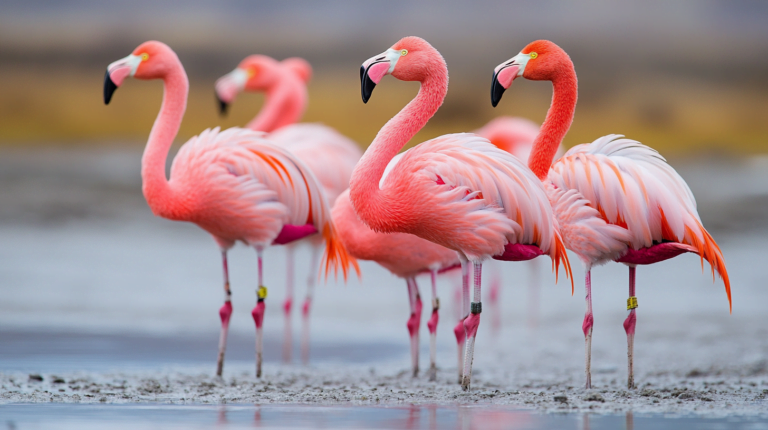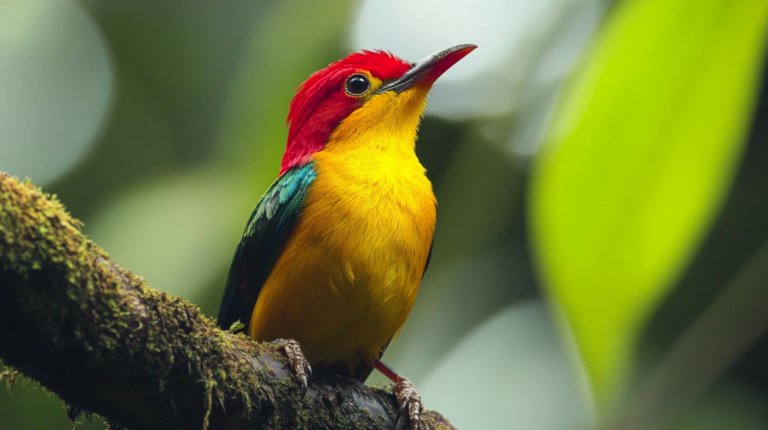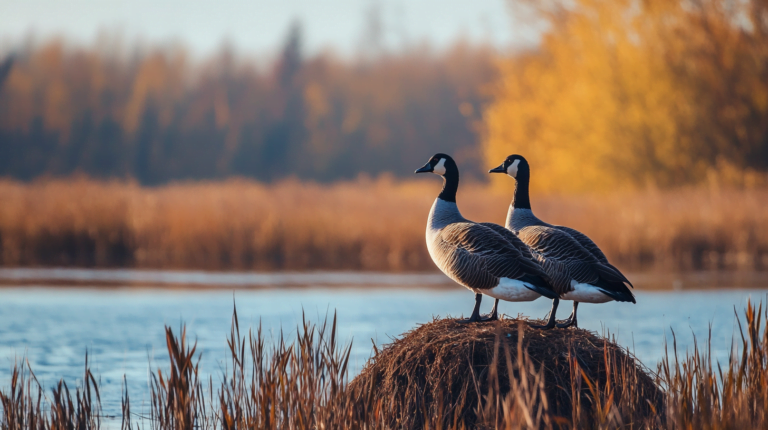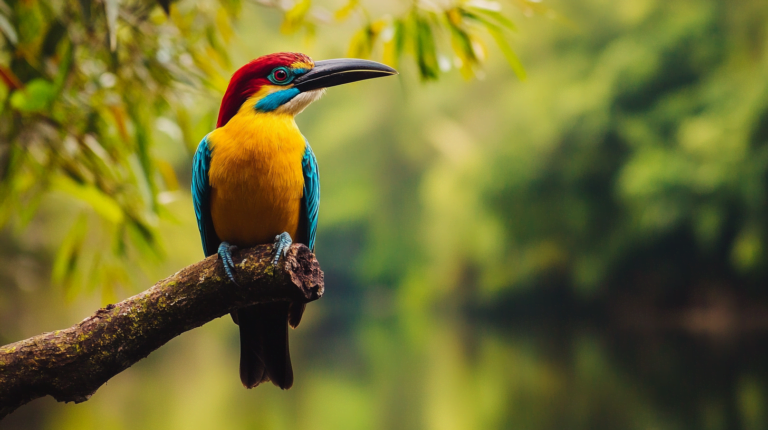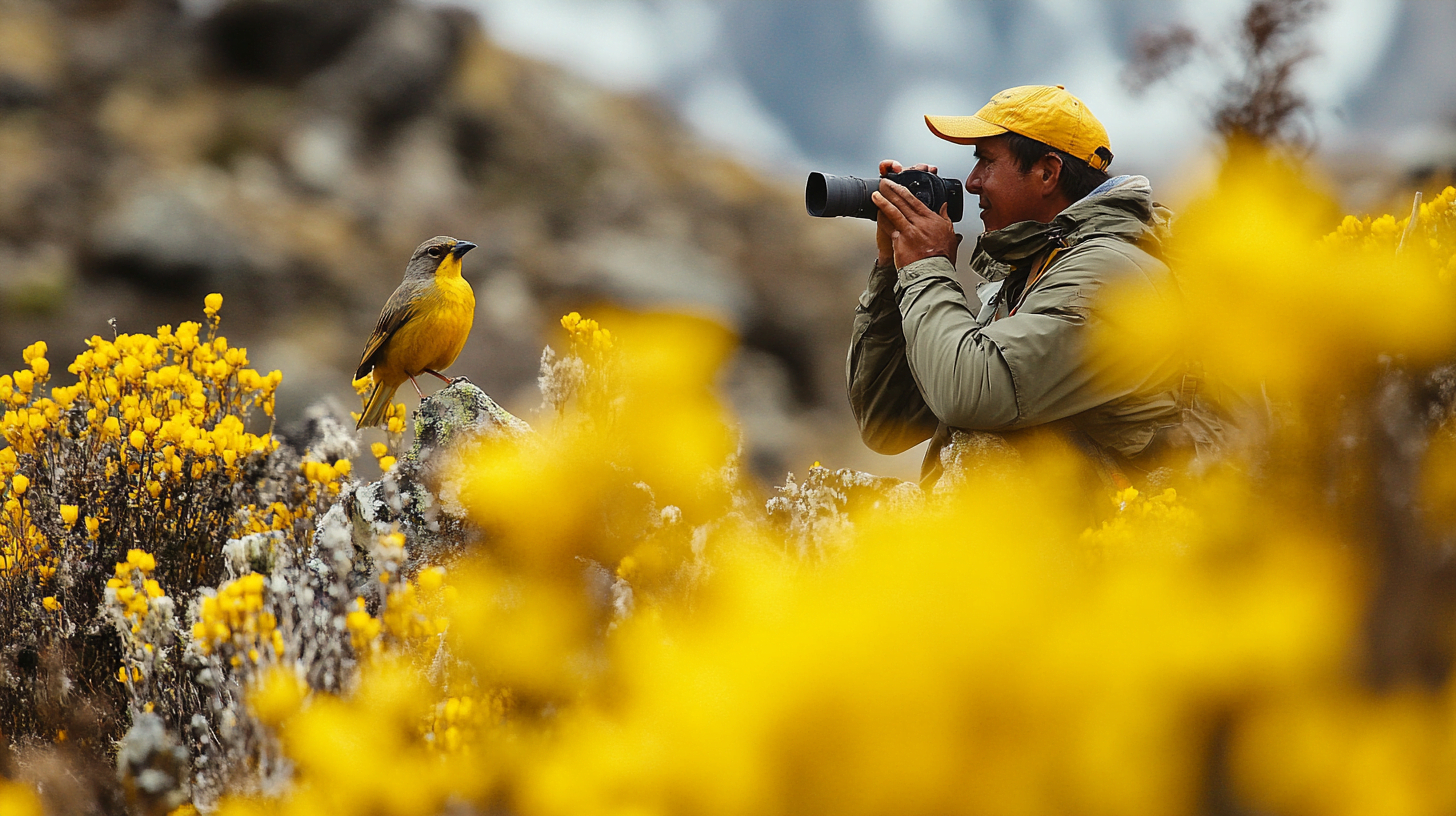
Table of Contents
Birdwatching in Peru offers an unparalleled experience for nature enthusiasts and ornithologists alike. With its diverse ecosystems and rich avian biodiversity, Peru stands out as a premier destination for birdwatching. This guide will take you through everything you need to know about birdwatching in Peru, from the best locations and iconic species to practical tips and conservation efforts.
Why Choose Peru for Birdwatching?
Why Choose Peru for Birdwatching?
Peru is a birdwatcher’s paradise, boasting over 1,800 bird species, including many that are endemic to the region. The country’s varied landscapes, from the Amazon rainforest to the Andean mountains and coastal deserts, create unique habitats that support a wide range of birdlife. This incredible biodiversity makes Peru one of the top birdwatching destinations in the world.
- Biodiversity: Peru is home to more bird species than any other country in the world, making it a hotspot for birdwatching.
- Unique Habitats: The country’s diverse ecosystems, including rainforests, cloud forests, high-altitude plains, and coastal areas, provide habitats for a wide variety of bird species.
- Endemic Species: Peru has a high number of endemic species, meaning these birds are found nowhere else on Earth.
- Cultural Significance: Birds play an important role in Peruvian culture and mythology, adding an extra layer of interest for birdwatchers.
Best Birdwatching Destinations in Peru
Top Birdwatching Spots in Peru
Peru offers numerous birdwatching hotspots, each with its own unique set of species and habitats. Here are some of the top destinations:
Manu National Park
- Overview and Location: Located in southeastern Peru, Manu National Park is a UNESCO World Heritage site known for its incredible biodiversity.
- Key Bird Species: Harpy Eagle, Andean Cock-of-the-Rock, Hoatzin, and many species of macaws and parrots.
- Best Times to Visit: The dry season from May to October is ideal for birdwatching.
Tambopata National Reserve
- Overview and Location: Situated in the Amazon Basin, Tambopata is renowned for its clay licks, where hundreds of macaws and parrots gather.
- Key Bird Species: Scarlet Macaw, Blue-and-Yellow Macaw, and the Rufous-headed Woodpecker.
- Best Times to Visit: June to November offers the best birdwatching opportunities.
Colca Canyon
- Overview and Location: Located in southern Peru, Colca Canyon is one of the deepest canyons in the world.
- Key Bird Species: Andean Condor, Giant Hummingbird, and the Andean Goose.
- Best Times to Visit: The dry season from May to October is the best time to see condors.
Paracas National Reserve
- Overview and Location: This coastal reserve is located in the Ica region and is known for its marine bird species.
- Key Bird Species: Humboldt Penguin, Peruvian Booby, and the Inca Tern.
- Best Times to Visit: Year-round, but the best time is from December to March.
Abra Malaga
- Overview and Location: Situated in the Cusco region, Abra Malaga is a high-altitude pass known for its cloud forests.
- Key Bird Species: Royal Cinclodes, White-browed Tit-Spinetail, and the Andean Hillstar.
- Best Times to Visit: April to October is the best time for birdwatching.
Iconic Birds of Peru
Must-See Birds in Peru
Peru is home to many iconic bird species that are a must-see for any birdwatcher. Here are some of the most notable:
Andean Condor
- Description and Habitat: The Andean Condor is one of the largest flying birds in the world, with a wingspan of up to 10 feet. It is commonly found in the high Andes.
- Best Places to See Them: Colca Canyon and the Sacred Valley.
Scarlet Macaw
- Description and Habitat: Known for its vibrant red, yellow, and blue feathers, the Scarlet Macaw inhabits the Amazon rainforest.
- Best Places to See Them: Tambopata National Reserve and Manu National Park.
Harpy Eagle
- Description and Habitat: The Harpy Eagle is one of the most powerful raptors in the world, found in tropical rainforests.
- Best Places to See Them: Manu National Park and Tambopata National Reserve.
Andean Cock-of-the-Rock
- Description and Habitat: This striking bird is known for its bright red plumage and unique mating displays. It inhabits cloud forests.
- Best Places to See Them: Manu National Park and Abra Malaga.
Humboldt Penguin
- Description and Habitat: The Humboldt Penguin is a coastal bird found along the Pacific coast of Peru.
- Best Places to See Them: Paracas National Reserve and the Ballestas Islands.
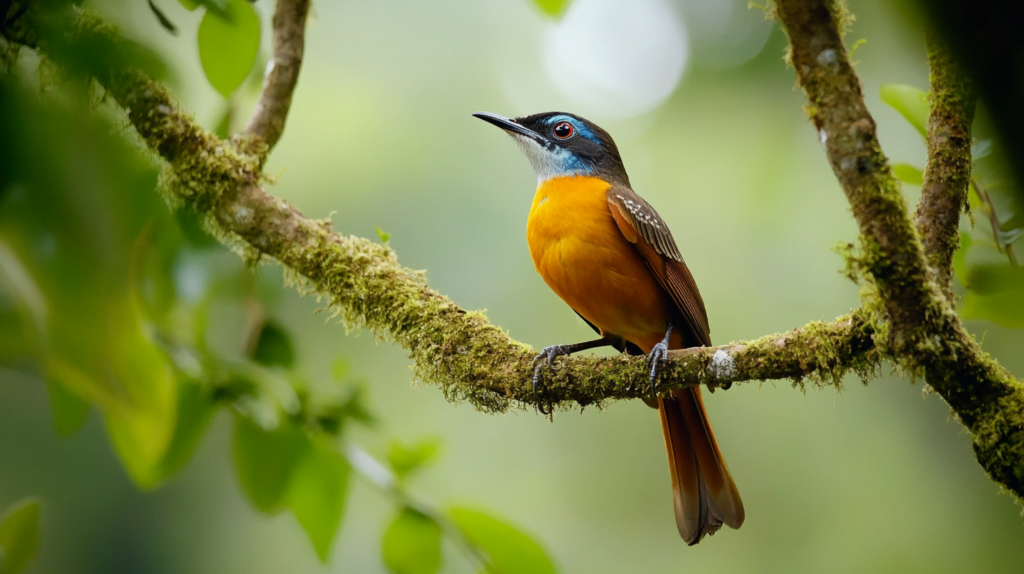
Planning Your Birdwatching Trip
How to Plan a Birdwatching Trip to Peru
Planning a birdwatching trip to Peru requires some preparation to ensure a successful and enjoyable experience.
Best Times of Year for Birdwatching
- Seasonal Variations: The best time for birdwatching in Peru is during the dry season, from May to October. This period offers better weather conditions and higher bird activity.
- Migration Patterns: Some species are migratory, so it’s important to research the best times to see specific birds.
Essential Gear for Birdwatching
- Binoculars: A good pair of binoculars is essential for spotting birds in dense forests and high canopies.
- Field Guides: Carry a field guide specific to Peruvian birds to help with identification.
- Cameras: A camera with a good zoom lens is useful for capturing bird photos.
- Clothing: Wear lightweight, breathable clothing and sturdy hiking boots.
Recommended Birdwatching Tours and Guides
- Tour Operators: Many tour operators offer specialized birdwatching tours in Peru. Some reputable ones include Manu Expeditions, Amazon Birding, and Kolibri Expeditions.
- Local Guides: Hiring a local guide can enhance your birdwatching experience, as they have expert knowledge of the area and bird species.
Permits and Regulations
- Necessary Permits: Some national parks and reserves require permits for entry. It’s important to check the requirements and obtain permits in advance.
- Legal Considerations: Respect local regulations and guidelines to ensure a responsible and ethical birdwatching experience.
Accommodation Options
- Lodges and Eco-Resorts: Many birdwatching destinations in Peru offer lodges and eco-resorts that cater to birdwatchers. Examples include the Manu Wildlife Center and Tambopata Research Center.
- Other Accommodations: Budget options such as hostels and guesthouses are also available in nearby towns and cities.
Birdwatching Tips and Techniques
Tips for Successful Birdwatching in Peru
Birdwatching in Peru can be challenging due to the dense forests and high altitudes. Here are some tips to help you succeed:
How to Spot Birds in Dense Rainforests
- Techniques: Move slowly and quietly, use your ears to locate bird calls, and scan the canopy and understory for movement.
- Equipment: Use binoculars and a spotting scope to get a closer look at distant birds.
Birdwatching Etiquette
- Respect Wildlife: Avoid disturbing birds and their habitats. Keep a safe distance and do not use playback calls excessively.
- Respect Local Communities: Be mindful of local customs and traditions. Always ask for permission before entering private land.
Safety Tips for Birdwatchers
- Stay Safe: Be aware of your surroundings and potential hazards such as snakes, insects, and uneven terrain.
- Health Precautions: Carry insect repellent, sunscreen, and a first aid kit. Stay hydrated and be prepared for changing weather conditions.
Conservation Efforts and Challenges
Bird Conservation in Peru
Peru faces several challenges in bird conservation, but there are also many initiatives aimed at protecting its avian biodiversity.
Threats to Bird Populations
- Habitat Loss: Deforestation, agriculture, and urbanization are major threats to bird habitats.
- Climate Change: Changing weather patterns affect bird migration and breeding.
- Human Activities: Hunting, pollution, and illegal trade also pose significant threats.
Conservation Initiatives
- Local Projects: Organizations like the Amazon Conservation Association and ProAves Peru work on habitat restoration and species protection.
- International Efforts: Global initiatives such as BirdLife International support conservation projects in Peru.
How Birdwatchers Can Help
- Support Conservation: Donate to conservation organizations and participate in citizen science projects.
- Responsible Tourism: Choose eco-friendly tours and accommodations that support local conservation efforts.
Additional Resources
Further Reading and Resources
For those looking to deepen their knowledge and enhance their birdwatching experience, here are some recommended resources:
Recommended Books and Field Guides
- Books: “Birds of Peru” by Thomas S. Schulenberg, “A Field Guide to the Birds of Machu Picchu and the Cusco Region” by Barry Walker.
- Field Guides: “Birds of South America: Passerines” by Robert S. Ridgely and Guy Tudor.
Useful Websites and Apps
- Websites: eBird (ebird.org), BirdLife International (birdlife.org).
- Apps: Merlin Bird ID, Audubon Bird Guide.
Birdwatching Communities and Forums
- Online Communities: Join forums and social media groups such as BirdForum and the Facebook group “Birding Peru” to connect with other birdwatchers and share experiences.
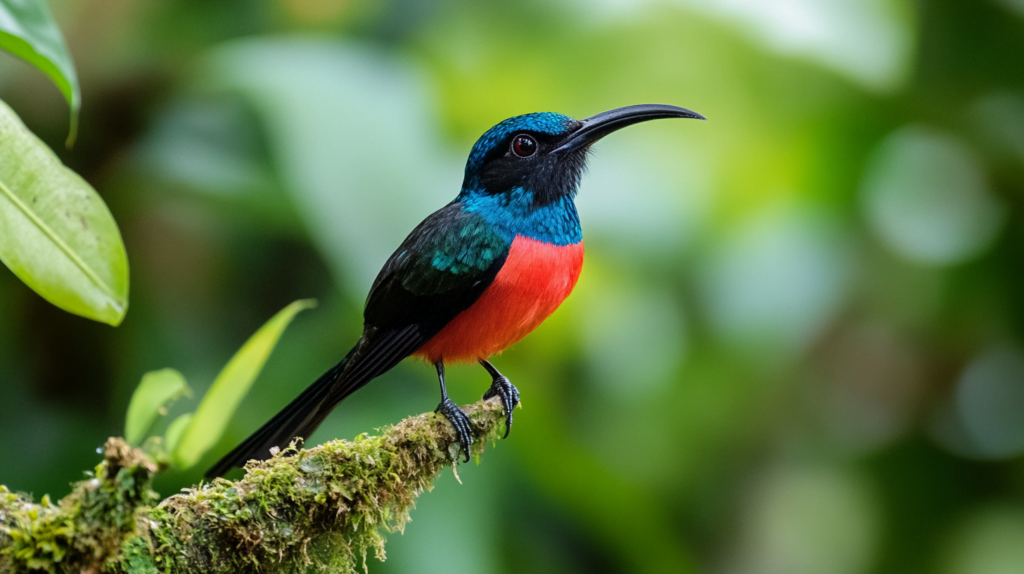
Conclusion
Final Thoughts on Birdwatching in Peru
Birdwatching in Peru offers a unique and rewarding experience for nature lovers. With its incredible biodiversity, stunning landscapes, and rich cultural heritage, Peru is a must-visit destination for birdwatchers. Whether you’re a seasoned birder or a beginner, the diverse birdlife and breathtaking scenery will leave you in awe. So pack your binoculars, grab your field guide, and embark on an unforgettable birdwatching adventure in Peru.
FAQs
Frequently Asked Questions about Birdwatching in Peru
- What is the best time of year to go birdwatching in Peru?
- The best time for birdwatching in Peru is during the dry season, from May to October.
- Do I need a guide for birdwatching in Peru?
- While not mandatory, hiring a local guide can greatly enhance your birdwatching experience.
- What are the most common birds in Peru?
- Some common birds include the Andean Condor, Scarlet Macaw, and the Andean Cock-of-the-Rock.
- How can I contribute to bird conservation in Peru?
- Support local and international conservation organizations, participate in citizen science projects, and practice responsible tourism.
- Are there any birdwatching festivals or events in Peru?
- Yes, events like the “Birding Rally Challenge” and “Peru Birding Festival” are popular among birdwatchers.
By following this comprehensive guide, you’ll be well-prepared to explore the avian wonders of Peru and make the most of your birdwatching adventure.
